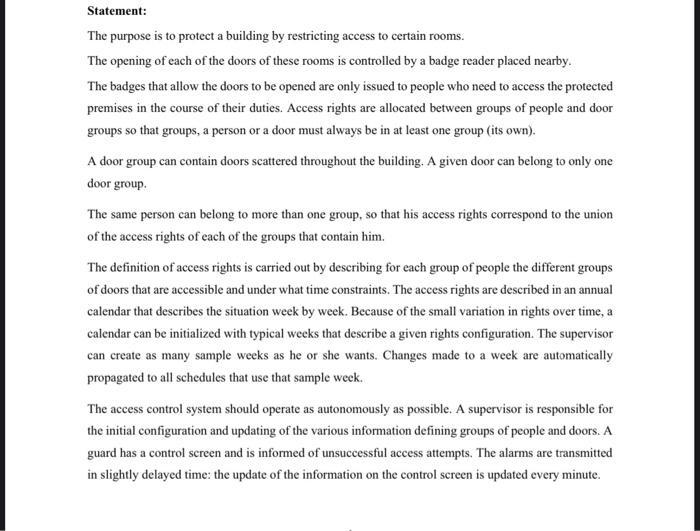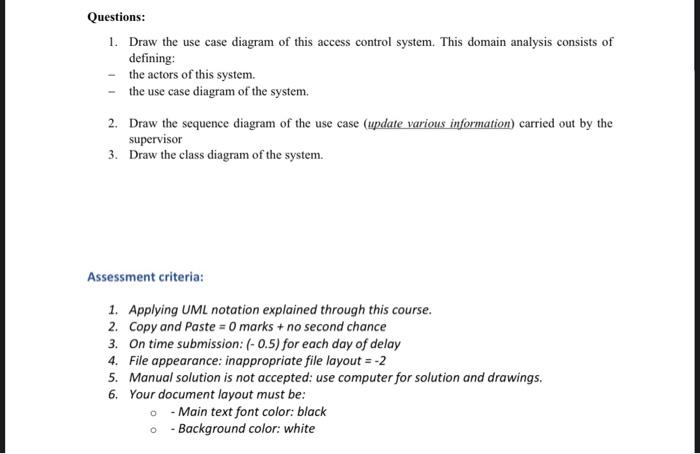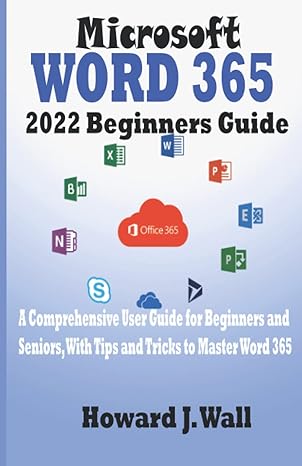Statement: The purpose is to protect a building by restricting access to certain rooms. The opening of each of the doors of these rooms is controlled by a badge reader placed nearby. The badges that allow the doors to be opened are only issued to people who need to access the protected premises in the course of their duties. Access rights are allocated between groups of people and door groups so that groups, a person or a door must always be in at least one group (its own). A door group can contain doors scattered throughout the building. A given door can belong to only one door group. The same person can belong to more than one group, so that his access rights correspond to the union of the access rights of each of the groups that contain him. The definition of access rights is carried out by describing for each group of people the different groups of doors that are accessible and under what time constraints. The access rights are described in an annual calendar that describes the situation week by week. Because of the small variation in rights over time, a calendar can be initialized with typical weeks that describe a given rights configuration. The supervisor can create as many sample weeks as he or she wants. Changes made to a week are automatically propagated to all schedules that use that sample week. The access control system should operate as autonomously as possible. A supervisor is responsible for the initial configuration and updating of the various information defining groups of people and doors. A guard has a control screen and is informed of unsuccessful access attempts. The alarms are transmitted in slightly delayed time: the update of the information on the control screen is updated every minute. Questions: 1. Draw the use case diagram of this access control system. This domain analysis consists of defining: - the actors of this system. - the use case diagram of the system. 2. Draw the sequence diagram of the use case (update various information) carried out by the supervisor 3. Draw the class diagram of the system. Assessment criteria: 1. Applying UML notation explained through this course. 2. Copy and Paste =0 marks + no second chance 3. On time submission: (0.5) for each day of delay 4. File appearance: inappropriate file layout =2 5. Manual solution is not accepted: use computer for solution and drawings. 6. Your document layout must be: - Main text font color: black - Background color: white








